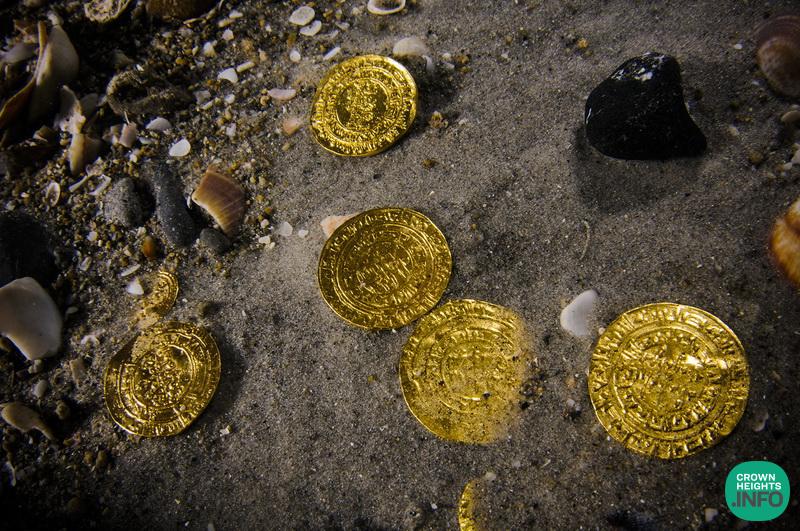
Hoard Of 2,670 Gold Coins Discovered Off Israel’s Coast
“At first glance, we thought it was a chocolate coin,” the civilian divers Zvika Fayer, Kobi Tweina, Avivit Fishler, Shai Milner, Yoav Lavia, and Yoel Miller recounted in February 2015. “On second glance, we were already stunned. We understood that this was the real thing – an ancient gold coin!”
When the divers next entered the ancient harbor at Caesarea National Park, the Marine Archaeology Unit of the Israel Antiquities Authority joined them. From the depths of the sea, they excitedly collected around 2,670 (!!!) coins from the Fatimid period, weighing 7.5 kg of pure gold.
And so, the largest gold coin hoard ever found in Israel was discovered. It appears to have originated from a shipwreck, carrying tax revenues or soldier’s salaries.
“Some of the coins found were bent, bearing tooth imprints – evidence of them being physically inspected by their owners or merchants by biting into them,” recounted Dr. Robert Kool, head of the Coin Department at the Israel Antiquities Authority.
The discovery of the treasure sparked worldwide interest due to its immense size and the superb preservation of the gold coins – a noble metal unaffected by decay processes.
For the Druze community, the treasure’s discovery was especially dramatic and moving; most of the exposed coins bear the name of the Fatimid Caliph Al-Hakim bi-Amr Allah, considered the founder of the Druze faith of God’s Oneness.
Al-Hakim, who has an aura of sanctity and honor surrounding his name, lived about 1,000 years ago and his sudden disappearance, in those days, still remains shrouded in mystery. While coins bearing his name have been found before, the concentration of gold coins bearing his name this time attests to the might of the Caliph’s rule.
For the Nabi Shu’ayb holiday, the Israel Antiquities Authority and the Druze Supreme Council set up a display at the holy Druze compound in Khitin village overlooking the Sea of Galilee, exhibiting around 200 of the Caesarea gold coin hoard.
Photo credit: Clara Amit, Yoli Schwartz, Haggai Nativ, Ayelet Grover, Israel Antiquities Authority.













